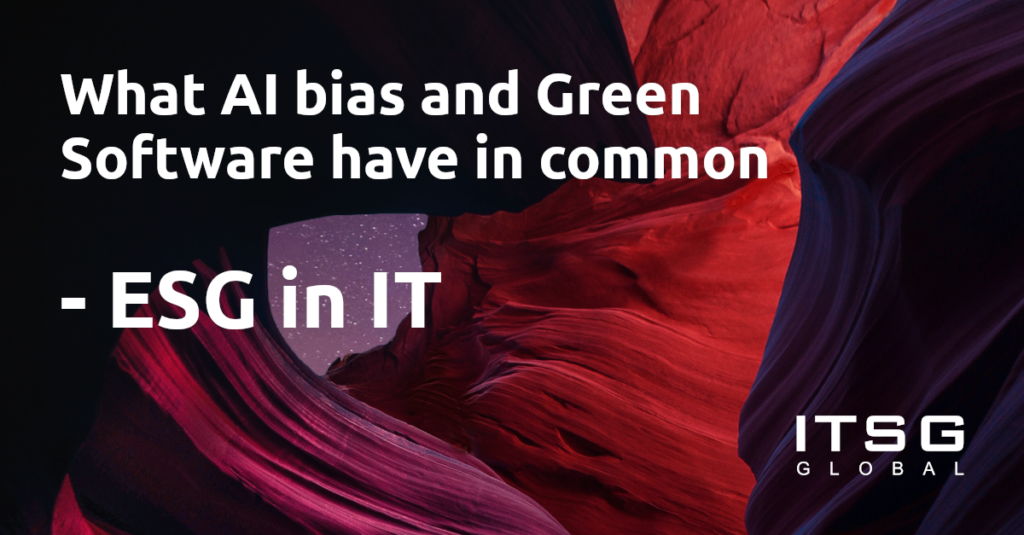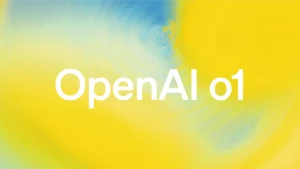18 October 2022

ESG stands for “Environmental, Social and Governance” and even though it sounds a little bit similar to CSR, the main difference is that ESG parameters can be measured objectively. Therefore, it’s a system that doesn’t focus on volunteering, charity or just some kind of promises in general, but it’s more of a standard that allows to verify, what is actually being done in terms of sustainability in business.
That being said, CSR provides some general ideas about what the company would like to do sustainability-wise, while ESG shows actual numbers and solid data behind those ideas. There’s no problem however to have both, since CSR plays and excellent role in communication with stakeholders and ESG works better for audits and non-finacial reports.
ESG parameters became also an actual report requirement for some companies, soon possibly for all of them. The usual aspects include biodiversity, pollution, HAS or diversity. There are however some technology-related aspects of ESG, that don’t get as much recognition – and those would be Green Software and AI bias.
Green Software has definitely a nice sound to it, but what it actually means it’s the electricity consumption and demand for power supply in data centres, especially with cloud computing being all the rage. That being said, a first and quite natural thought is to invest in solar panels or wind power to provide energy to those centres, but that’s not enough and therefore the idea is to emit less carbon in general, by limiting both resources and energy.
Even something as simple as letting your employees work from home is reducing the emissions of harmful gases, which can be measured and showed in your ESG raport, so if you don’t know where to begin, it’s one of the simples ideas, yet one of those that tend to be loved by workers.
AI Bias is an interesting aspect of letting AI optimize some processes within the company. The main concern is, that if AI is being used to manage people, then how much data is necessary to do so, and which algorithms might have the tendency to discriminate minorities or women, based on specific informations. There has been a phenomenon observed in which AI-based systems tend to reinforce stereotypes or discriminate groups of people, for instance facial recognition algorithms have problems with recognizing representatives of minorities, because the tests have been run mostly on white people’s faces. Another interesting example was the Google Image issue, when if asked to show pictures of “CEOs”, the algorithm would show mostly pictures of men (89%) – while 27% of CEOs in USA are women.
US already responded to the issue by introducing a law that will come to life in January 2023. From this day AI algorithms used for automated employment decisions have to go through a bias audit first. It doesn’t eliminate some or even most of the risks, but it’s a start. Especially since AI systems don’t operate just for the sake of it, but they actively influence people’s life. And more importantly – they were supposed to be objective and more fair than their human counterparts, yet they don’t reduce the typical human biases, but they perpetuate it.

Growing IT businesses will face the necessity of implementing some sort of ESG parameters into their organizational structures. The possibilities vary and depend highly on investors and stakeholders expectations. The organization should be capable of finding potential areas of impact in which they can establish specific mechanisms and policies for future goals.
Author: Andrzej Wodnicki, Managing Director at ITSG Global





